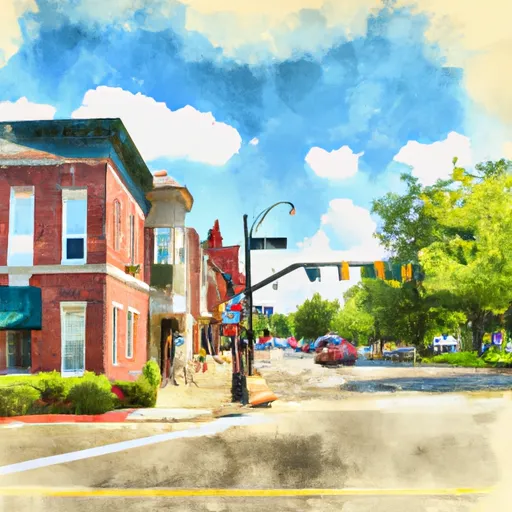°F
°F
mph
Windspeed
%
Humidity











College Hill is a neighborhood located in the northwestern part of Cincinnati, Ohio. The climate in College Hill is characterized by warm summers and cold winters, with an average annual temperature of 55°F. The neighborhood is situated near the Mill Creek, which is a tributary of the Ohio River. The hydrology constituents of the area are affected by the Mill Creek, which has experienced issues with pollution in the past. Despite this, the neighborhood offers several outdoor recreation opportunities, including hiking and biking trails at Mount Airy Forest, and the College Hill Recreation Center, which features a swimming pool, tennis courts, and a playground.
Weather Forecast
College-Hill receives approximately 1077mm of rain per year, with humidity levels near 81% and air temperatures averaging around 13°C. College-Hill has a plant hardyness factor of 6, meaning plants and agriculture in this region thrive during a short period during spring and early summer. Most plants will die off during the colder winter months.
Regional Streamflow Levels
56
Cubic Feet Per Second
939
Cubic Feet Per Second
24
Cubic Feet Per Second
38
Cubic Feet Per Second
Nearby Camping
| Camping Area | Reservations | Toilets | Showers |
|---|---|---|---|
| Fall Creek - Lake Cumberland | |||
| Boltz Lake Ramp - DFWR | |||
| Rockcastle | |||
| Fishing Creek - Lake Cumberland | |||
| Bullock Pen Lake Ramp - DFWR | |||
| Waitsboro - Lake Cumberland |



